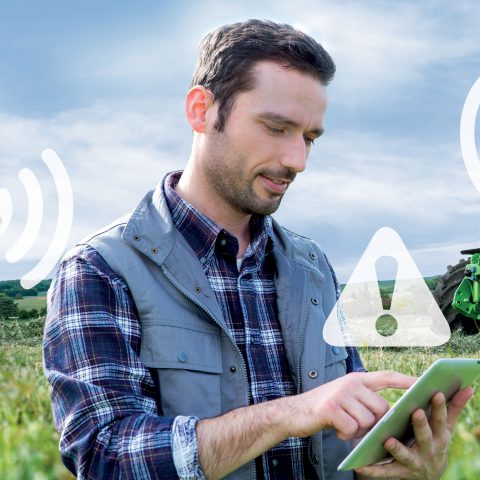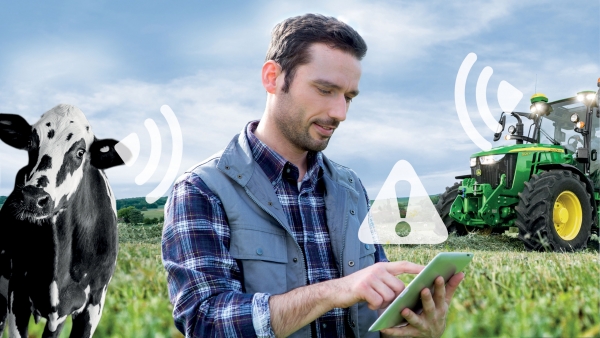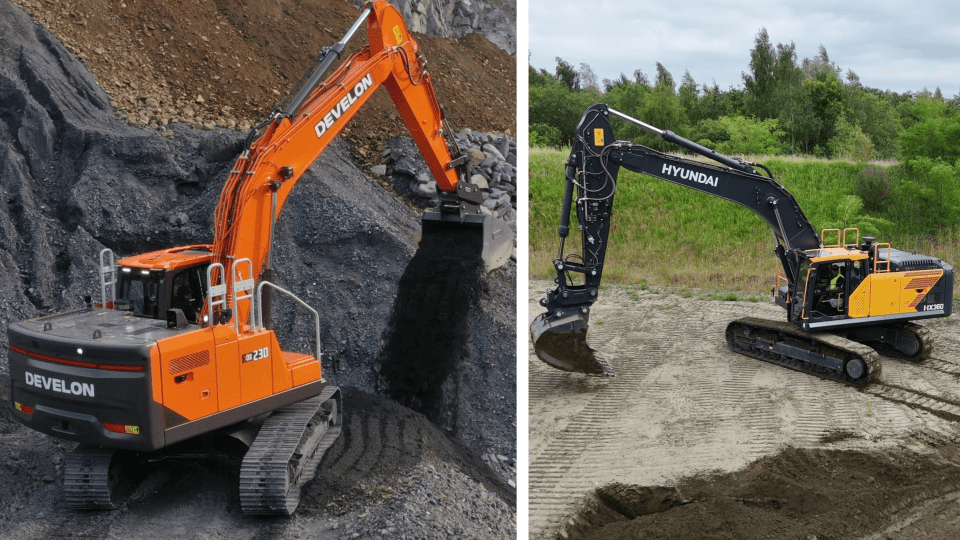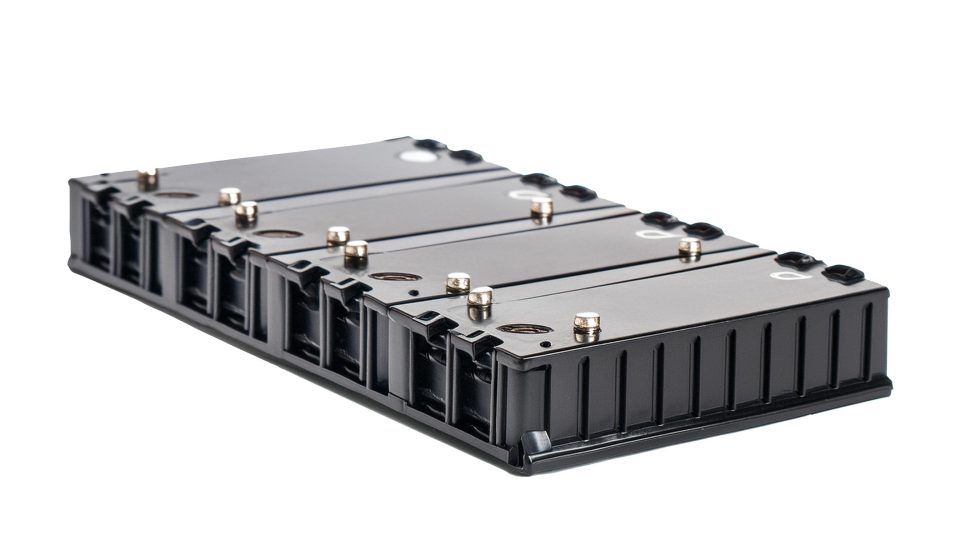John Deere and Zoetis, a partnership for ‘breeding 4.0’
John Deere and Zoetis: what’s new? The ability to predict disease, breakdowns and other events is constantly improving due to digital technologies and artificial intelligence. Several examples in livestock and agricultural machinery management show the effectiveness of early diagnosis and the benefits it can offer farmers. John Deere and Zoetis promote early diagnostics When a […]

John Deere and Zoetis: what’s new? The ability to predict disease, breakdowns and other events is constantly improving due to digital technologies and artificial intelligence. Several examples in livestock and agricultural machinery management show the effectiveness of early diagnosis and the benefits it can offer farmers.

John Deere and Zoetis promote early diagnostics
When a cow gets sick, the animal shows symptoms before the problem becomes clinically visible, evidenced by changes in ruminant behaviour in the days before. If the breeder does not recognize them, the risk is to lose valuable time before treating the animal. Thanks to artificial intelligence, the cows’ behaviour can now be detected and analyzed much more efficiently, anomalies can be identified at an earlier stage and the resulting proactive treatments significantly increase the health and welfare of the animals themselves.
CUMMINS AND JOHN DEERE REACHING A NEW LEVEL
The Smartbow system
Zoetis’ Smartbow system uses a ‘smart’ ear tag that records the behaviour, rumination activity and position of the animal in real time. Based on the data generated, the system is able to assess the health status and fertility of the cow. Observation and early diagnosis based on artificial intelligence can be used not only in the breeding sector but also on John Deere machines.
JOHN DEERE AT AGRITECHNICA 2019
The Expert Alerts system works according to the same proactive principle for the prevention and prediction of possible problems before they occur, avoiding the resulting downtime and unwanted costs. Software algorithms analyze real-time data from machines connected to the JDLink network. In the event of a malfunction, the dealer receives an Expert Alert and related information in real time; in accordance with the customer, repairs can then be carried out at the right time, avoiding any damage.











